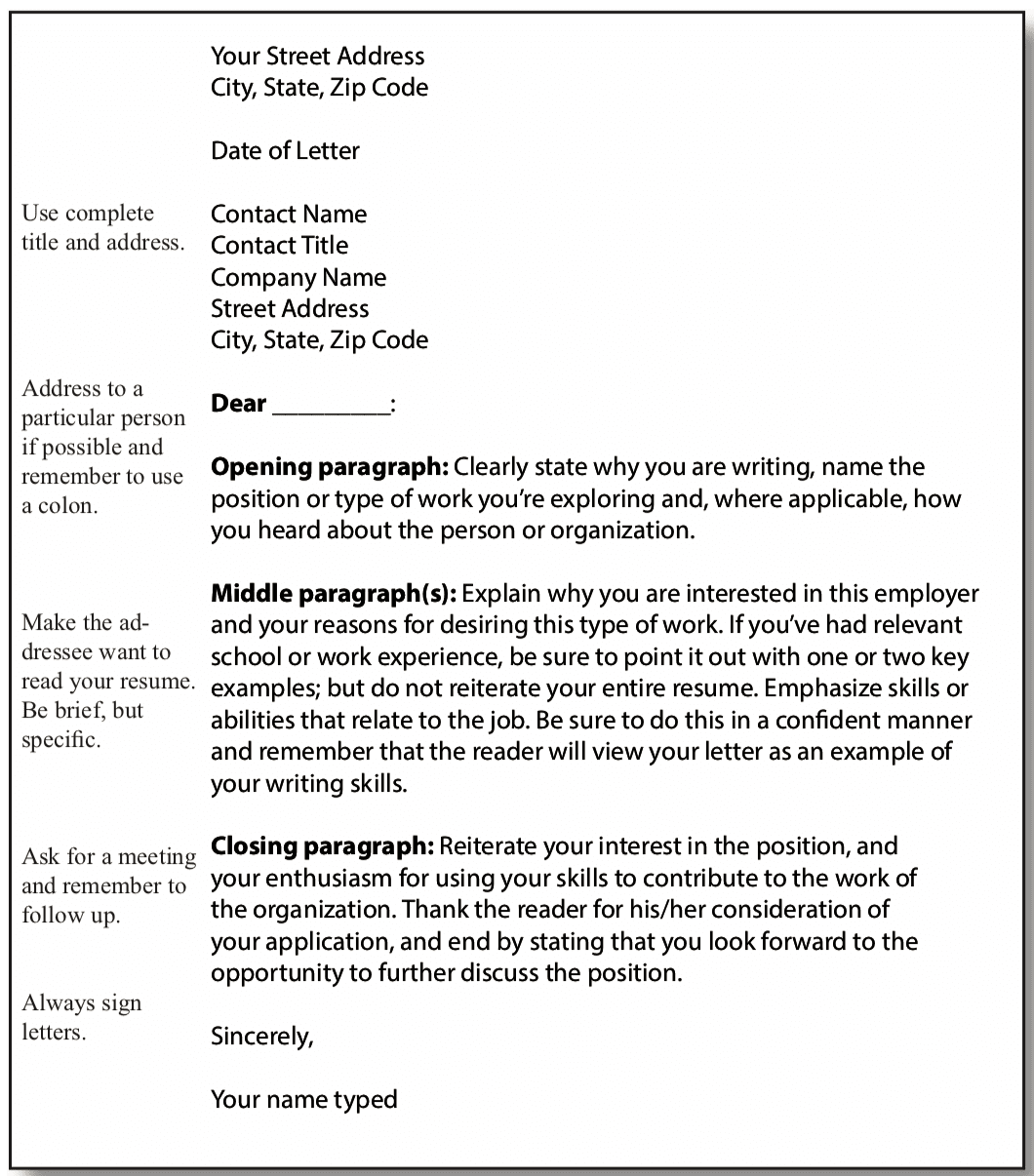In years past, Amazon has been in the news for having unfit working conditions for many of their employees, especially employees working in their call and fulfillment centers (FC).
According to NewsWeek, “An undercover investigation in the United Kingdom revealed that warehouse employees resort to urinating in bottles and trash cans around the warehouse so that they won’t miss their strict time targets.”
Photo Credit: Unsplash, Daniel Eledut
Insane.
For obvious reason, Amazon has been on a mission to squash these so-called rumors, so they turned to their “FC Ambassadors” for help. These employees are on a team that posts on Twitter and social media about how much they enjoy working with Amazon.
While the retail juggernaut insists these people are real and speaking their true minds, Twitter followers smelled something fishy. Many were curious about the strangely stilted language being used. This FC Ambassador mission started over a year ago, and since then there has been some serious backlash.
One Twitter user wrote:
the newest twitter rabbit hole i’ve fallen down is the fact that amazon makes some of its employees write tweets that are *not at all* suspicious pic.twitter.com/uvhWWCxpTP
— im baby (@dulcedecommie) August 15, 2019
Here are some Amazon FC Ambassadors doing their thing…or not…who knows?
Are these people even real?
Mental Illness is no light subject. As a person who suffers from Depression, I am happy to know i have resources thru my job to help me if I need it. #youarenotalone This job can be tough, it isn't for everyone: but just like puzzle pieces we fit into different pieces.
— Hannah – Amazon FC Ambassador
(@AmazonFCHannah) March 13, 2019
Back from more than a week of absence at work. Good thing I was able to cover it up using my time bank. (Personal, Sick, and Vacation).
— Rafael – Amazon FC Ambassador
(@AmazonFCRafael) August 5, 2019
Took a picture of the leadership principals I see on the wall every day while walking to the break room. I love the abstract design, simple, and elegant all at once. #wallart #leadership #amazon pic.twitter.com/V5ChTmrmO6
— Rafael – Amazon FC Ambassador
(@AmazonFCRafael) May 6, 2019
I can honestly say, in the 3 years I've been working at Amazon, I never thought I'd get to do what I am doing now. Amazon has offered me a lot of opportunities but being able to see what people actually think about my job has by far been the most interesting. #PHL4forLife
— Dylan – Amazon FC Ambassador
(@AmazonFCDylan) May 13, 2019
An Amazon spokesperson said,
“FC ambassadors are employees who work in our FCs and share facts based on their personal experience. It’s important that we do a good job educating people about the actual environment inside our fulfillment centers, and the FC ambassador program is a big part of that along with the FC tours we provide.
Thousands of guests across the world have come to see for themselves what it’s like to work inside one of our FCs. If you haven’t visited, we recommend it.”
But Twitter folks aren’t having it.
completely normal company pic.twitter.com/NknvYP9I9x
— im baby (@dulcedecommie) August 15, 2019
got this response to a tweet about a tour of the 'great working conditions' in their factories: pic.twitter.com/sMFefDhfox
— (๑╹ω╹๑ ) (@xPropane) August 15, 2019
Check this one out…. pic.twitter.com/oEAMD7OS2W
— Sabina Sinn ☭☆
(@sabina_sinn) August 15, 2019
You get the point. As a way to combat this further, Amazon has been offering FC tours for anyone who would like to check it out. You can follow #AmazonFCTour for more on that. In the meantime, we can all sit back and watch this unfold.
The post Amazon Employees Are Suspiciously Tweeting About Their Amazing Work Conditions appeared first on UberFacts.









 Clammy Punk 2077 (@ClammChowda)
Clammy Punk 2077 (@ClammChowda) 

 MBTI High School Stereotypes
MBTI High School Stereotypes
 Also, somebody asked about doing a face reveal. Maybe at 1000 followers? . . . . #mbti #meme #mbtimemes #myersbriggs #16personalities #entp #estp #enfp #esfp #entj #estj #esfj #enfj #intp #istp #infp #isfp #intj #istj #isfj #infj
Also, somebody asked about doing a face reveal. Maybe at 1000 followers? . . . . #mbti #meme #mbtimemes #myersbriggs #16personalities #entp #estp #enfp #esfp #entj #estj #esfj #enfj #intp #istp #infp #isfp #intj #istj #isfj #infj